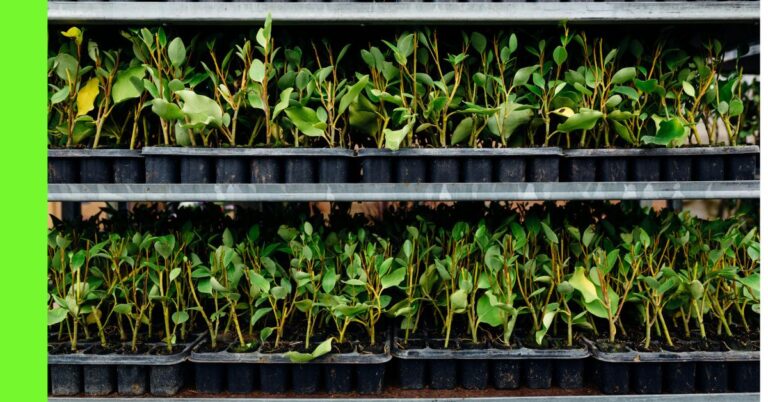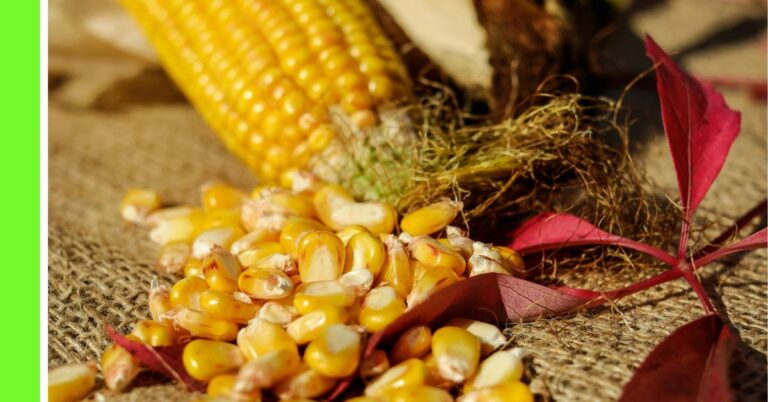Understanding Soil: Types, Formation, and Importance in Agriculture

Soil is the topmost surface of the earth on which plants grow.
It’s made up of inorganic and organic matter,
Soil plays a very important role in the environment, supporting plant growth, regulating water, and providing a dwelling place for living organisms.
Types of Soil by Agricultural Classification
Because soil is the medium on which plants grow, it’s very important in agriculture,
However, with modern technology, crops can be grown without soil, a soilless farming system.
The type and health of the soil determine the kind of crop to plant and its yield.
Let’s look at the various types of soil by agricultural classification, they are;
- Loam
- Sand
- Clay
- Silt
- Peat
- Chalk soil
| Soil | Characteristics | Agricultural Suitability |
| Loamy | An equal mixture of sand, silt and clay, High Fertility, Good drainage, Moisture retention | It is ideal for most crops, including vegetables, fruits and grains. It’s considered the best soil for general agricultural practice. |
| Sandy | Coarse texture, Large particles, Well-drained, Low nutrient retention | Suitable for crops that need good drainage, like root vegetables (carrots, potatoes). Requires frequent irrigation and fertilisation due to poor nutrient and water retention. |
| Silt | Fine texture, Smooth, Retain moisture wells, Moderate nutrient content | This soil is for crops that need more moisture, such as vegetables and fruits. It needs more management to prevent erosion and compaction |
| Clay | Very fine texture, Small particles, High water, Nutrient retention, Poor drainage | Suitable for crops that need a lot of water, such as rice. Requires a proper drainage system and may require amendment with organic matter to improve structure. |
| Peaty | High organic matter, Acidic, High moisture retention | Suitable for root crops like potatoes and crops that prefer acidic conditions like Tomatoes and pineapple. It may require liming to reduce acidity and improve fertility. |
| Saline | High salt content, Poor water uptake by plant | It’s unsuitable for most crops without recovery. Salt-tolerant crops like barley and some grasses can be grown. Needs significant management to reduce salt levels. |
| Chalky | Alkaline, Often stony, Can be shallow, Pour water retention | Alkaline, Often stony, Can be shallow; pour water retention |
Types Of Soil In Nigeria
In Nigeria, there are different types of soil across the various geographical area they are;
- Ferralsols (lateritic)
- Nitisols
- Acrisols
- Luvisols
- Arenosols
- Vertisols
- Regosols
- Fluvisols
| Types | Agricultural classification | Characteristics | Suitability | Region |
| Ferralsols (lateritic) | Loamy to Clayey Soils | Deep, well-drained, with high iron and aluminium oxides | Suitable for crops like oil palm, cocoa, and rubber. Requires fertilisation and lime to improve fertility and pH levels. | Predominantly found in the tropical rainforest and Guinea savanna zones, covering much of the southern part of Nigeria |
| Nitisols | Loamy Soils | Deep, well-drained, highly weathered. | It is good for grains like maize (corn), millet, and legumes. Benefits from organic matter addition and proper nutrient management. | It is found in the central and southern regions, particularly in the forest and savanna zones. |
| Acrisols | Loamy to Clayey Soils | Acidic, with subsurface clay accumulation. | Suitable for crops such as cassava, maize (corn), and yams with proper management to enhance fertility and pH correction. | Located mainly in the forest regions of the southern part of Nigeria |
| Luvisols | Loamy to Clayey Soils | Clay-enriched subsoil horizon, moderate fertility. | It is good for grains like maize (corn), millet, and legumes. Benefits from organic matter addition and proper nutrient management. | Common in the derived savanna and parts of the forest zones. |
| Arenosols | Sandy Soils | Sandy texture, low nutrient content, and water-holding capacity. | Requires irrigation and fertilization for productive agriculture. Suitable for crops like groundnuts and certain drought-resistant crops | It is located in the semi-arid and arid regions, such as the Sahel and Sudan savanna zones in the north. |
| Vertisols | Clay Soils | High clay content, significant expansion and contraction. | It is ideal for rice, vegetables, and floodplain agriculture due to high fertility and moisture availability. | Predominantly in the northeastern part of Nigeria, especially in the Chad Basin. |
| Regosols | Sandy to Loamy Soils | Loose, unconsolidated materials, minimal horizon development. | It generally has low fertility and is suitable for grazing and some dryland crops with proper soil management and amendments. | Present in the drier northern regions. |
| Fluvisols | Loamy to Silty Soils | Young soils from alluvial deposits are highly fertile. | Ideal for rice, vegetables, and floodplain agriculture due to high fertility and moisture availability. | Found in river floodplains and delta regions, including the Niger Delta. |
now that we know the types of soils, let’s take a look at how soil is formed
How is Soil Formed
Chemical, physical, biological and environmental factors form soil.
Soil formation happens in stages and takes months to years to complete the process.
The study of soil formation and its origin is known as Pedogenesis.
Its formation takes place in stages, which are;
Weathering of parent material:
This includes all kinds of physical, chemical and biological weathering.
Physical weathering: when rocks and minerals are broken down by mechanical processes such as water, temperature fluctuation, human activities, and wind.
Chemical weathering: chemical reactions, including water, gas, and acids, break down minerals.
Biological weathering: when rocks and minerals are broken down by organisms such as plants, fungi and bacteria.
Addition of Organic Materials
Organic material accumulation: When plants and animals are decomposed, their organic material, such as humus, is added to the soil’s organic content.
Microbial activities: When microorganisms break down organic matter, they release nutrients and enrich the soil.
Soil Profile Development
With time, distinct layers or horizons form, each with distinctive characteristics and composition.
Formation of Soil Horizons
This includes:
O Horizon: comprises organic matter like leaves, plants, and animal debris.
A Horizon (topsoil): mineral and organic matter mix (nutrient and soil)
E Horizon (Eluviation Layer): leaching of mineral and organic matter.
B Horizon: The accumulation of minerals like iron and aluminium makes this soil rich in minerals.
C Horizon: Parent disintegration and weathered parent material
R Horizon (Bedrock): unweathered parent material
Leaching and Eluvation
Leaching is the process of water penetrating through the soil, absorbing and dissolving nutrients and minerals from the upper to the lower layers.
Eluvation is the movement of fine particles from the top to the lower layer, accumulating particles in the lower layer.
Factors That Influence Soil Formation
- Parent material
- Climate
- Topography
- Biological activity
- Time
Ingredients That Makeup Soil
The components that make soil are;
1. Mineral particles such as clay, sand and silt.
2. Organic matter such as humus, living organism
3. Water
4. Nutrient: macronutrient and micronutrient
5. Soil organisms: such as bacterial, fungi, living organisms like earthworms and insects
6. Ph
7. Parent material (geographical material from which the soil is made this affects what type of mineral composition is formed)
8. Climate and topography
9. Time
Importance of Soil
While soil may seem like dirt, it is a complex life system essential to life as we know it on Earth.
It’s the base of our diet, it filters our water, and it’s essential to control our climate.
Food Production: Plants thrive because of the nutrients and support the soil provides, and these plants also feed us and other living things.
Filtration: Water flows through the soil, acting as a natural filter. This provides safe drinking water and helps prevent pollution.
Climate Policy: Soil stores carbon, helping to regulate the Earth’s temperature and combat climate change.
Biodiversity: The billions of organisms that call Earth home, from bacteria to worms, are a diverse ecosystem essential for life.
Maintaining healthy soil is essential to our lives and overall health.
See Also Soil Preparation
Hope this Article was helpful.






